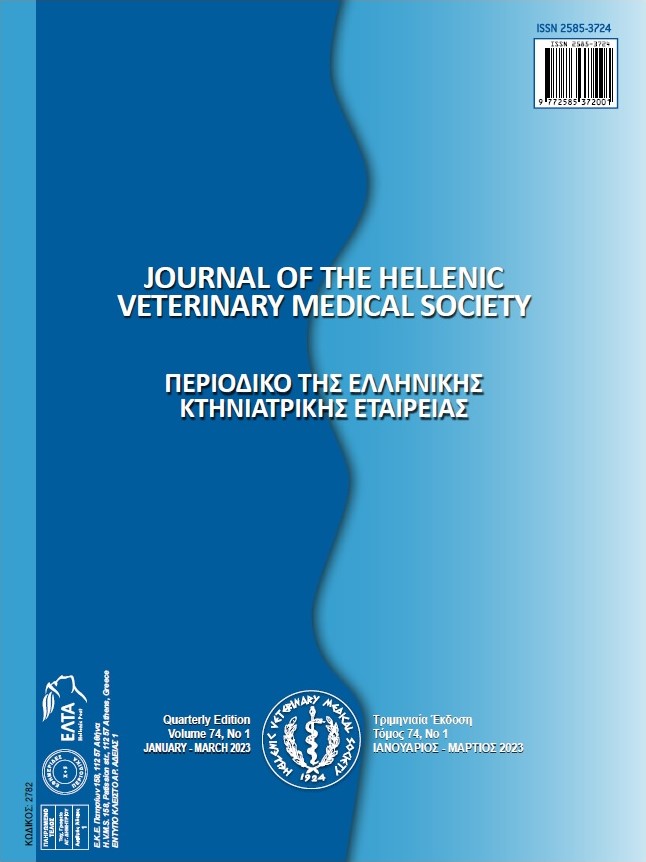The Effect of chitosan on microbial, chemical and sensory traitsof minced meat

Abstract
Chitosan is a naturally obtained biopolymer and has many applications in the food industry. The effect of chitosan (1% and 3%) added individually to meat on microbiological profile represented by aerobic plate count (APC), Psychrotrophic, mold and yeast counts; chemical (pH, TVB-N & TBA) and sensory traits (color, odor, appearance and consistency) was studied. Thus, the minced meat samples were divided into 3 groups. The first group was prepared as control (Untreated group) and the other two groups were treated with chitosan at ratio of 1% and 3%. The results indicated that chitosan either 1% or 3% had great destructive effect in all tested microbial groups as compared with control group. From chemical point of view, such concentrations of chitosan improved the chemical quality indices of minced meat. Organoleptically, the control samples were decomposed after the 4th day, while the using of chitosan particularly at 3% extended the shelf life of the experimented minced meat till the 9th day. Finally, it can be concluded that chitosan had great effect on the quality and prolong the shelf life of minced meat as it improves the microbiological and chemical as well as sensory characteristics of minced meat
Article Details
- How to Cite
-
Kirella, G., Mustafa, N., Elrais, A., & Ahmed, A. (2023). The Effect of chitosan on microbial, chemical and sensory traitsof minced meat. Journal of the Hellenic Veterinary Medical Society, 74(1), 5421–5432. https://doi.org/10.12681/jhvms.29659 (Original work published April 17, 2023)
- Issue
- Vol. 74 No. 1 (2023)
- Section
- Research Articles

This work is licensed under a Creative Commons Attribution-NonCommercial 4.0 International License.
Authors who publish with this journal agree to the following terms:
· Authors retain copyright and grant the journal right of first publication with the work simultaneously licensed under a Creative Commons Attribution Non-Commercial License that allows others to share the work with an acknowledgement of the work's authorship and initial publication in this journal.
· Authors are able to enter into separate, additional contractual arrangements for the non-exclusive distribution of the journal's published version of the work (e.g. post it to an institutional repository or publish it in a book), with an acknowledgement of its initial publication in this journal.
· Authors are permitted and encouraged to post their work online (preferably in institutional repositories or on their website) prior to and during the submission process, as it can lead to productive exchanges, as well as earlier and greater citation of published work.


